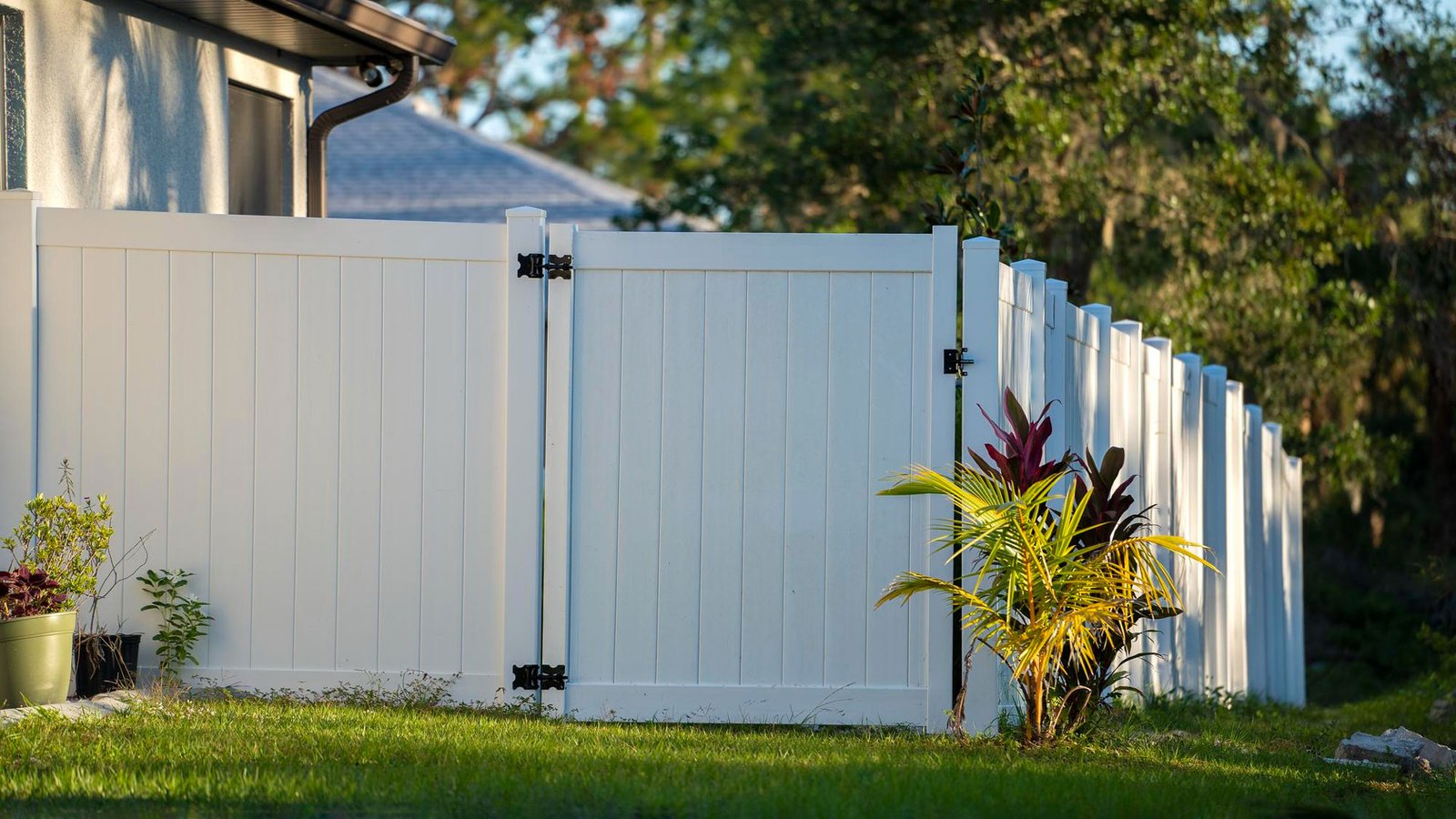This is my first year with a proper garden, and I’m enjoying the time I’ve spent outdoors so far digging in
the soil and soaking up the sun, but I was in dire need of some gardening advice and ideas. As a novice,
I’m learning a lot of things that will make next year’s garden simpler and hopefully healthier as well. I
don’t want to win the award for the biggest squash (I’m not quite there yet), but I do want enough juicy
tomatoes to last the whole summer. Whether you like getting your hands dirty in the yard or not, having a few gardening tips and ideas on hand is a good idea. Here are a few of my favorite yard-related ideas and methods that I hadn’t heard of before. I thought they were all fairly creative, but I’m still new to this soil and seed business!
Landscaping in a Pot
I don’t know about you, but I’m not a big fan of having to rework the landscaping every season. Don’t get
me wrong: I like spending time outside, but the shovel and I are not friends. Here’s a thought that hit me
like a ton of bricks. Fill an empty plastic container with dirt to make a hole for your seasonal plants. Now
you can just toss in your seasonal flowers (or herbs and vegetables) and effortlessly swap them out when
they’re done.
Peanuts & Pots Packing
Packing peanuts are ideal for lowering the burden in big flower pots since they still allow for efficient
drainage. They’re also less expensive than dirt, so you can now afford a $4 cup of coffee while you finish
the task. Just be sure to cover them with a piece of landscaping fabric to keep the dirt from sinking to the
bottom.
Calcium Supplements for Your Garden
My blender seldom sees the light of day, but thanks to this brilliant trick, it could just have a chance to see the kitchen counter! Now that I’m dabbling in the garden, I’m beginning to grasp the concept of compost a bit more, so this makes a lot of sense to me. Grinding eggshells makes it simpler for your plant to absorb the calcium they give, much as grinding food makes it easier to digest.
Pets are not permitted
Animals, particularly cats, seem to believe that all of your hard work in the garden has resulted in a
massive litter box. Place a few plastic forks strategically about your plants to stop them from ruining your
fresh herbs, fruits, and vegetables.
Container Garden Rubbermaid
Even if you don’t have much of a yard, you may still have a great small garden going! Rubbermaid
storage containers are small and lightweight, making them ideal for getting started. To make them easier
to transport, fill the bottom with packing peanuts and a layer of garden cloth. Even a modest apartment
balcony might be used for this!
Moisture Retention in Diapers
Diapers are for more than simply doo doo! To help a potted plant retain moisture for longer, place one in
the bottom of the container. This would be ideal for those summer annuals that need to be watered on a
regular basis.
In the Garden, Epsom Salt

Epsom salt has several applications, including assisting in the creation of a beautiful and healthy
landscape. It’s high in magnesium and sulfate, both of which are essential for plant survival. Once or
twice a month, add a couple of teaspoons of salt to your watering can for potted plants. You may also use
it to improve the germination of your seedlings by sprinkling it on the soil in your yard. Because both
tomatoes and peppers have a magnesium shortage, they benefit the most. When you initially plant, mix a
tablespoon or two with the soil, and then add more as the plant grows
Plants Should Be Fertilized
Save the water from your veggie cooking! Your plants will benefit from the nutrients in the water. Allow
for cooling before using the water to “fertilize” your yard or potted plants. This results in a lush, happy
garden! You could also drink it, but who would want to do that?!
Citrus & Seeds
Start your seedlings in a citrus peel, and not just because it’s attractive; it’ll decompose in the soil and feed the plants, so you can simply plant it all when it’s ready. Just remember to drill a drainage hole at the
bottom.
Garden Bed Made with Cinder Blocks
Because not everyone has the expertise to construct a raised garden bed out of wood, cinder blocks come to the rescue. I like how they have all the openings for easy separation of your plants. You may even
remove two or more of the blocks to make a narrower bed if you have a short room. The rest is very
straightforward after you’ve found a level location to start your garden! The whole information may be
found here.
Coffee filters should be used to line pots
This is a fantastic idea for my indoor plants! I lose a lot of dirt down the drain every time I water them in
the sink, not to mention the mess it produces beneath the pot. Coffee filters enable the water to drain
while containing the debris.
Spuds With Roses
First and foremost, I had no notion a rose bush could be grown just from the cuttings of another bush. I’m really happy about all of this new knowledge – I’ve never been so enthusiastic about my garden before! To assist a little potato in maintaining moisture as it grows roots, push the bottom ends of your rose cuttings into it.
Plants that are invasive must be eradicated
Simply snip a plastic pot’s bottom off and bury it in the ground! Use it to control unwanted plants that
overgrow and take over your garden. This easy garden method restricts the root system’s development,
allowing you to better regulate the size of the plant once it reaches maturity while also protecting the
surrounding plants.
Watering System for Plastic Pots
To construct a well for simpler and deeper root watering, place a sink pot (empty plastic nursery pot with
holes) in the center of your garden. This is particularly beneficial when it comes to squash. In a dry
environment, the roots grow deeper and deeper into the ground’s soil, making it more difficult for water to reach.
Mini Greenhouse Diy
With their own mini greenhouse, get your seedlings off to a great start! The bottom 3/4 of a plastic soda
bottle creates an ideal small dome for covering your miniature pots. You may also utilize the bottle’s top
if you keep the lid on. You want a high level of humidity! This would be a nice activity to include the
kids in.
Herbs in a pinch
To induce new leaf development, pinch the highest regions of your herb plant stems (basil in particular).
Herbs have a natural urge to remain alive and reproduce, so when they are pinched, the latent leaf buds
are signaled to sprout. It’s bizarre how plants function, but it’s true for the vast majority of them.
Rain Barrel Made at Home
Isn’t this ingenious?! Collect rainwater and use it to irrigate your garden, lawn, and potted plants straight
from your gutter spouts. A heavy-duty garbage can, a drill, a set of pliers, and a few other simple tools are
all you’ll need.
Garden in Dry Creek Beds
Consider a dry stream bed to break up a huge section of the yard and create visual interest. It’s not only
beautiful, but it’s also useful for landscape drainage and water redirection on a slope. It’s also quite low-maintenance!
Weed Killer Made at Home
These three common home chemicals together work wonders for weed control! Even if you like working
in the yard, weeding is likely to get in the way of your enjoyment. You most likely already have all of
these materials on hand in your kitchen. * Because this solution may hurt the grass, it’s best utilized in
cracks in sidewalks, garden borders, and other locations where grass, flowers, and other plants won’t be
harmed. It also works much quicker if you spray them while they are exposed to direct sunshine.
Water Fountains Made at Home
Every year, I attempt to increase the ante on the mood on my front porch with a new DIY garden concept.
The spring and summer seasons aren’t long enough to give our fire pit, front porch, and front yard a
comprehensive makeover. As a result, each year, I set a goal to spend at least one minor outside
improvement. I’m excited to tackle this project this spring after viewing this Easy DIY Water Fountain. A
soothing DIY water feature is ideal for resting in the spring and summer.
Get Ahead of the Game With Your Vegetable Garden
To most people, this may seem to be a no-brainer. If you’re a beginner, though, stick to this advice. It’s
critical to get an early start if you want to produce from your garden throughout summer. Frosts have the
potential to destroy young plants. Give your seedlings a head start inside so they’ll be ready to plant as
soon as feasible. Furthermore, planting plants from seed saves you a lot of money!





